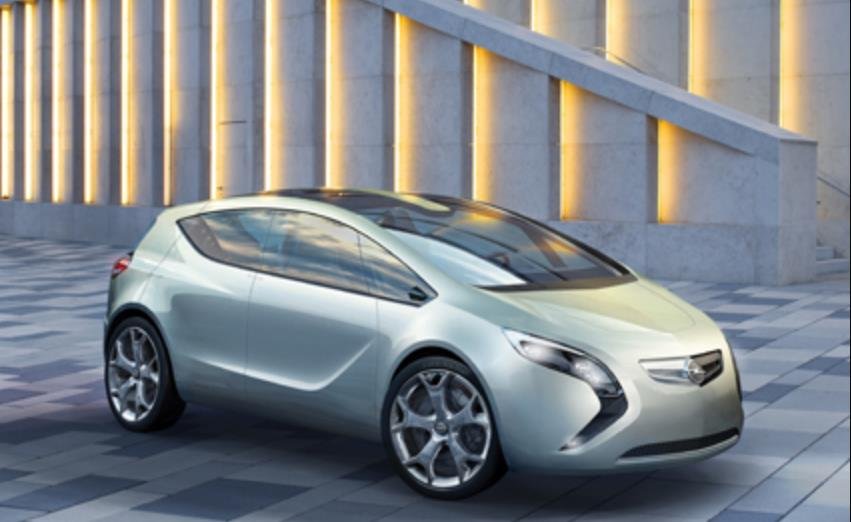The U.S. electric vehicle (EV) market reached new heights in 2023, as more than 1.2 million buyers opted for EVs, according to estimates from Kelley Blue Book, a Cox Automotive company. This is the first time that EV sales exceeded 1 million units in a single year, and it represents a 7.6% share of the total U.S. vehicle market.
The EV market in the U.S. has been growing steadily for the past few years, driven by factors such as environmental awareness, technological innovation, consumer preference, and government incentives. However, the growth rate slowed down in the fourth quarter of 2023, as EV sales increased by 40% year over year, compared to 49% in the third quarter and 52% in the fourth quarter of 2022.
Despite the slowdown, EV sales in the fourth quarter set a record for both volume and share: 317,168 and 8.1%, respectively. By volume, EV sales in the fourth quarter were higher than in the third quarter by roughly 5,000 units. The EV market in the U.S. is still growing, but not growing as fast.
Tesla Dominates the EV Market but Faces Increasing Competition
Tesla remains the undisputed leader of the EV market in the U.S., capturing 55% of the EV market in 2023. That is down from 65% in 2022, but lower prices are clearly fortifying the company’s position. Tesla’s share increased in the fourth quarter after falling to an all-time low in the third quarter. Notably, the Model Y accounted for 33% of all EVs sold in 2023.
Tesla’s share of the total U.S. market reached an all-time high of 4.20% in calendar year 2023, a number that was not lost on Tesla boss Elon Musk and his humor. Tesla outsold VW, Subaru and others in 2023.

However, Tesla is facing increasing competition from other automakers, especially the German luxury brands, which have launched new EV models and increased their EV share of sales. BMW, for instance, led the way with a 15.9% EV share of sales in 2023, followed by Mercedes-Benz with 12.5% and Audi with 11.8%. The iX and the i4 were among the most popular EV models from BMW, while the EQS and the EQC were the top sellers from Mercedes-Benz and Audi, respectively.
EV Prices Remain High but Incentives May Help
One of the main challenges for the EV market is the high price of EVs compared to internal combustion engine vehicles. According to December transaction price data from Kelley Blue Book, the average price paid for a new EV was $50,789, which is significantly higher than the average price of $38,000 for a new vehicle in the U.S.
However, shifts in tax incentives may help lower the cost of EVs for some buyers. The Build Back Better Act, which is pending in Congress, would provide up to $12,500 in federal tax credits for EVs, depending on the battery size, the vehicle price, and the union status of the manufacturer. The tax credits would also be available at the point of sale, rather than as a refund, which would make them more accessible and attractive for buyers.
Additionally, some states and local governments offer their own incentives for EVs, such as rebates, discounts, exemptions, and access to carpool lanes. These incentives vary by location and eligibility, but they can further reduce the cost of EVs for some buyers.
EV Market Outlook for 2024: The Year of More
The Cox Automotive Economic and Industry Insights team is calling 2024 “the Year of More” when it comes to EVs. More new products, more incentives, more inventory, more leasing, more infrastructure – all the more will combine to push EV sales higher in the year ahead. The team forecasts EV share of the U.S. market in 2024 will reach 10%.
Some of the new EV models that are expected to launch or expand in 2024 include the Ford F-150 Lightning, the Rivian R1T and R1S, the Hyundai Ioniq 5, the Toyota bZ4X, the Honda Prologue, the Lucid Air, and the Polestar 3. These models will offer more choices and features for EV buyers, especially in the popular segments of pickup trucks and SUVs.
Moreover, the EV market will benefit from more incentives, as the Build Back Better Act may be passed and implemented in 2024, providing more tax credits for EV buyers. More inventory will also help meet the demand for EVs, as supply chain issues and chip shortages are expected to ease in 2024. More leasing options will also make EVs more affordable and accessible for some buyers, as leasing penetration for EVs is currently low compared to other vehicles. Finally, more infrastructure will support the adoption and use of EVs, as the federal government and private companies invest in expanding and improving the charging network across the country.
The U.S. EV market is poised for another record-breaking year in 2024, as more buyers choose to go electric and more factors support the growth and development of the EV industry.
